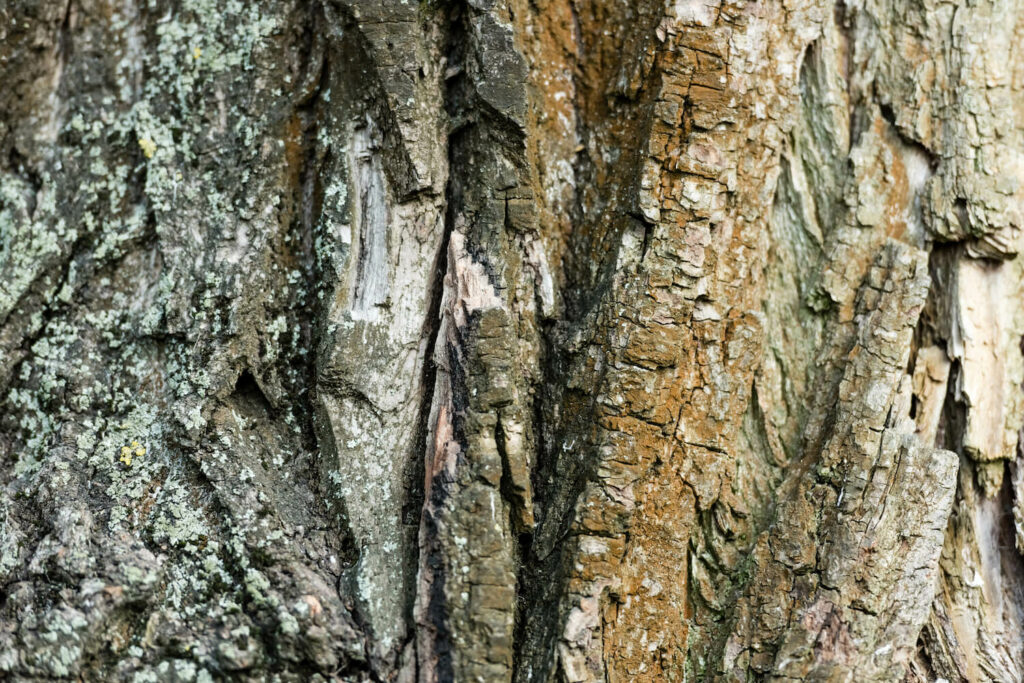
Trees can live for hundreds of years, but what happens if you spot signs of decay or rot?
In this informative guide, we’ll outline common signs of a dying tree and offer advice to help you figure out what to do next.
How to tell if your tree is dying
It’s not always easy to spot the signs of a rotten tree and in some cases, trees that look unhealthy can be brought back from the brink. If you’re unsure whether a tree is dying, or it needs some kind of treatment or a little TLC, here are some common signs of a dying tree:
A lack of vibrant, healthy-looking leaves and buds
A lack of healthy-looking, vibrant leaves is often one of the first visible signs of a dying tree. If your trees are shedding more leaves than usual, they appear bare during the spring and summer months, or regrowth is very limited, this could indicate that the tree is dying. For flowering trees, a lack of buds can be a warning sign.
Leaning Trunk
Leaning can be symptomatic of weakness in a tree and often indicates a degree of structural damage. It is often best to opt for tree removal if you have a tree that is leaning heavily, as this poses a safety risk during high winds and storms.
Split, peeling, or brittle bark
Healthy tree bark should be strong and robust. If the bark is split, or it’s brittle and it breaks and peels away easily, the tree is likely to get weaker over the course of time.
Visible pests and fungi
Pests and fungi can impact the structural strength and stability of trees. If you spot a lot of mushrooms and fungi close to the roots or at the base of the trunk, or you see pests, such as ants, aphids and bark beetles, check the bark and leaves for signs of decay.
Damaged roots
Damaged roots can contribute to premature death in trees. If you’ve recently done work on your home or garden, for example, check for signs of damage, including slow growth, a lack of foliage, dead branches, and brown or yellow leaves during the spring and summer.
How to save a dying tree
Trees offer an abundance of benefits for homeowners. If you love to spend time in your garden, it’s natural to want to do your best to keep your trees healthy. In some cases, it may be possible to save a dying tree, but if there is extensive damage or significant structural weakness, tree removal experts may recommend taking the tree down to enhance safety.
If you are worried about a dying tree, and you’re unsure whether or not it can be saved, it’s beneficial to seek expert advice.
Contact the friendly, experienced team at Rooted Tree Service for more information.
Tree Care summary
Many of us love to look at the trees in our gardens. They are calming and beautiful and they add vibrancy and life to every outdoor space. Although some trees live for hundreds of years, trees can die prematurely or sustain damage due to storms, pests or construction work. Signs of a dying tree include a lack of healthy leaves and buds, cracked, split bark, pests and fungi, damaged roots and leaning. If you think you may have a dying tree in your garden, it’s wise to seek expert advice as quickly as possible.
